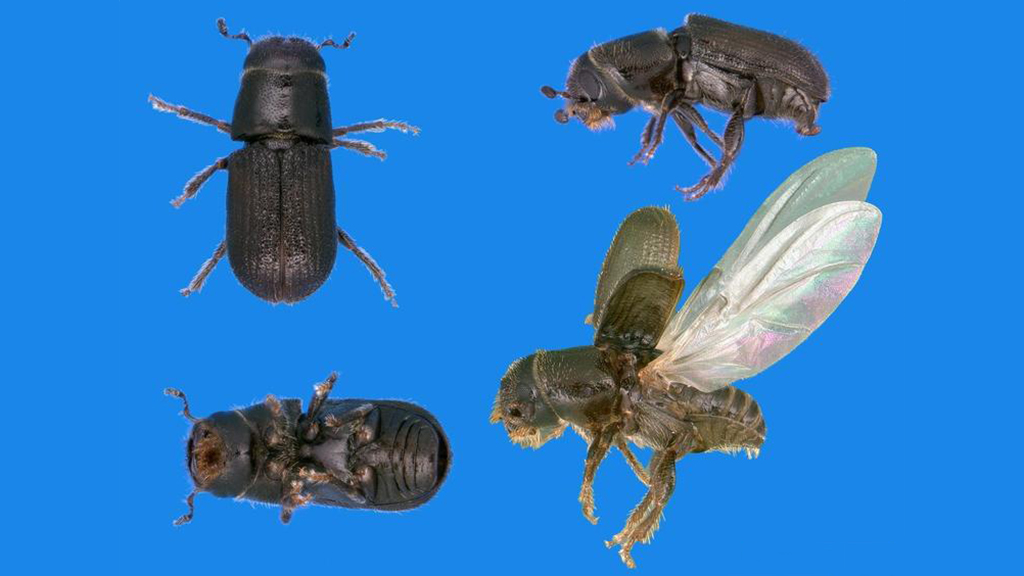Sponsored Archive: From Local Data to Global Phenomena: Hands-On Climate Science Investigations, April 21, 2025
Ready to engage your high school physics, biology, earth science, and environmental science students in meaningful climate investigations? Join Vernier biology and physics experts Colleen McDaniel and Fran Poodry, along with Vernier Trendsetter and PLTW Master Teacher Jennifer Klecatsky, to explore hands-on investigations that connect students with real-world data.
Ready to engage your high school physics, biology, earth science, and environmental science students in meaningful climate investigations? Join Vernier biology and physics experts Colleen McDaniel and Fran Poodry, along with Vernier Trendsetter and PLTW Master Teacher Jennifer Klecatsky, to explore hands-on investigations that connect students with real-world data.
Ready to engage your high school physics, biology, earth science, and environmental science students in meaningful climate investigations? Join Vernier biology and physics experts Colleen McDaniel and Fran Poodry, along with Vernier Trendsetter and PLTW Master Teacher Jennifer Klecatsky, to explore hands-on investigations that connect students with real-world data.
Ready to engage your high school physics, biology, earth science, and environmental science students in meaningful climate investigations? Join Vernier biology and physics experts Colleen McDaniel and Fran Poodry, along with Vernier Trendsetter and PLTW Master Teacher Jennifer Klecatsky, to explore hands-on investigations that connect students with real-world data.







